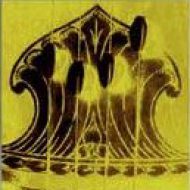Very few people know that Gandhi was extremely fond of Music and arts. Most of us have been all along under the impression that he was against all arts such as music. In fact, he was a great lover of music, though his philosophy of music was different. In his own words ‘Music does not …
Continue reading “Mahatma Gandhi on “music of mind, of the senses and of the heart””
